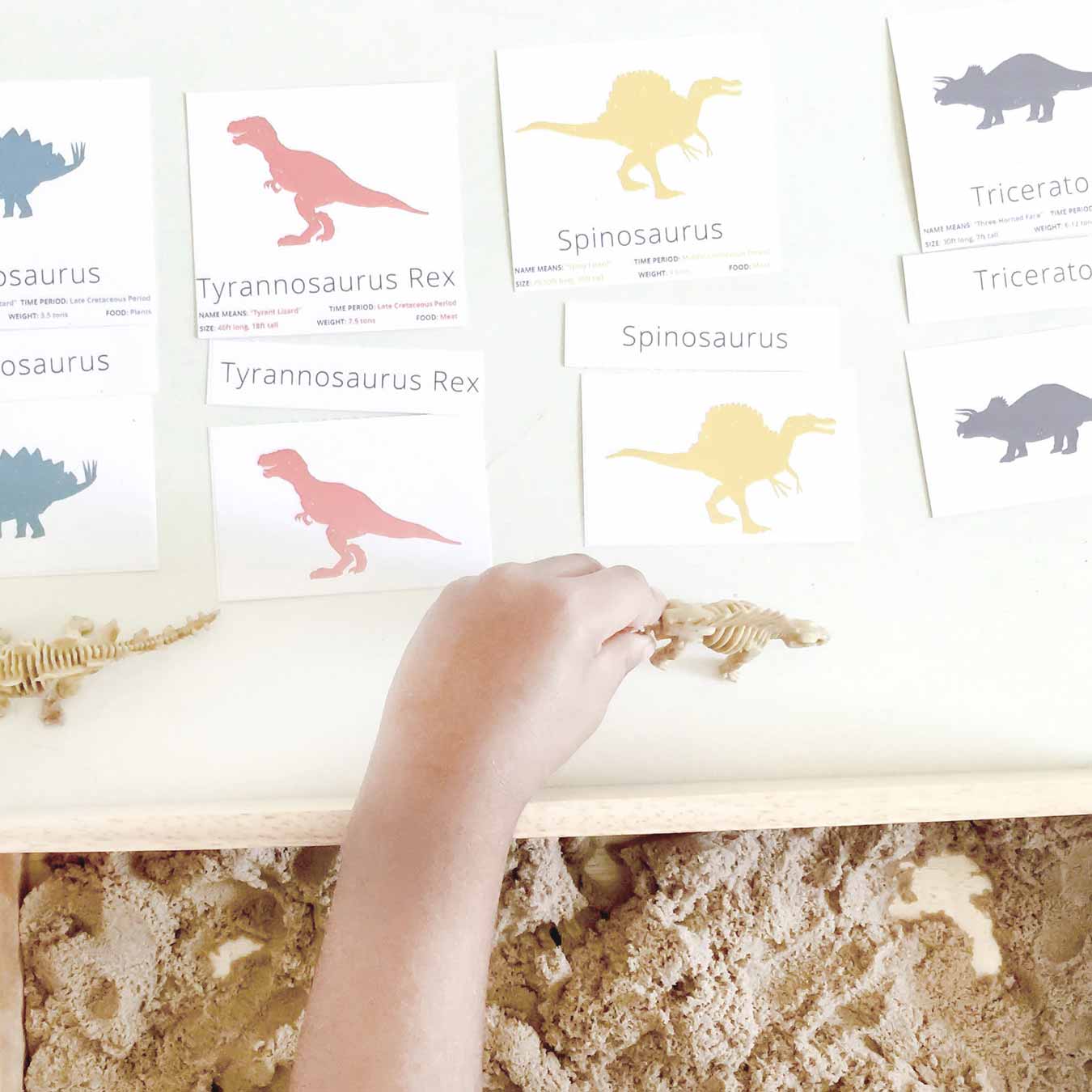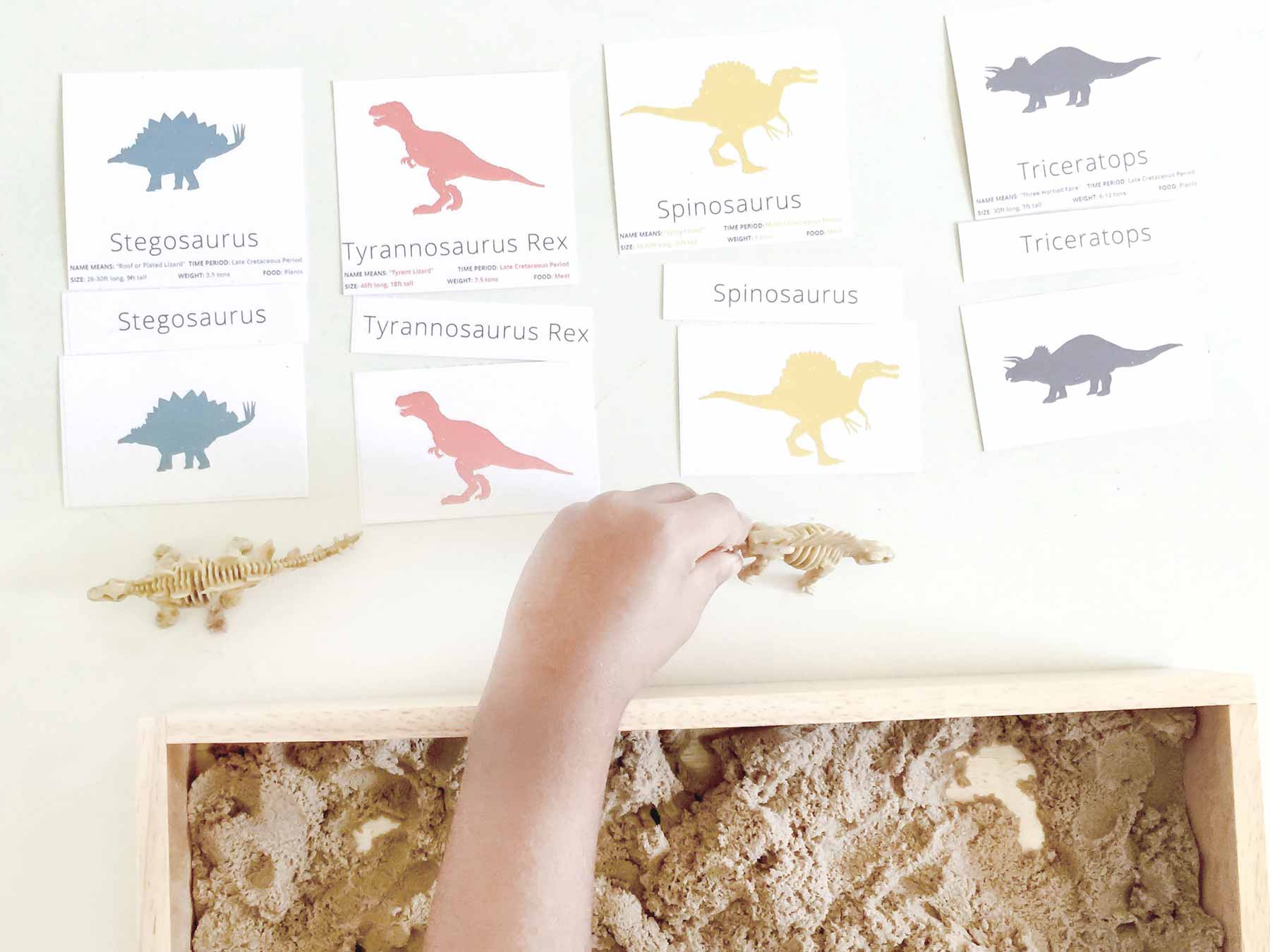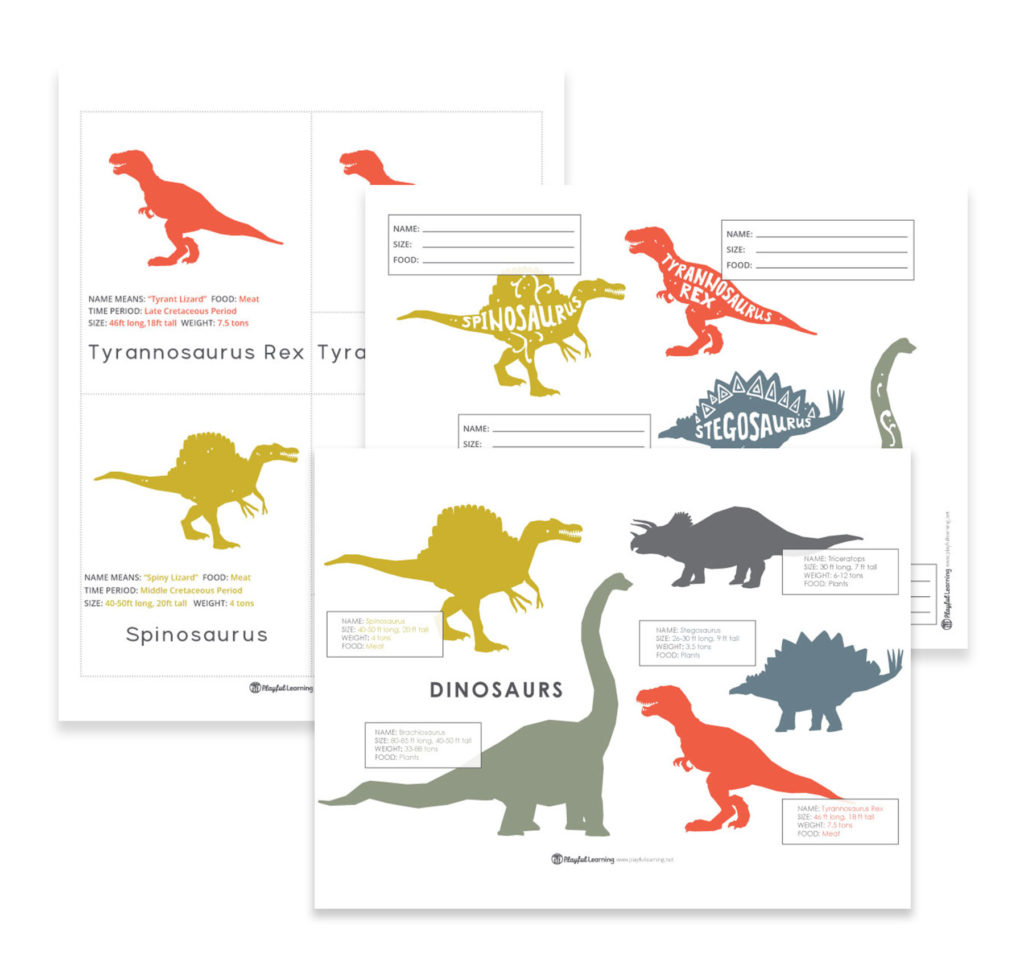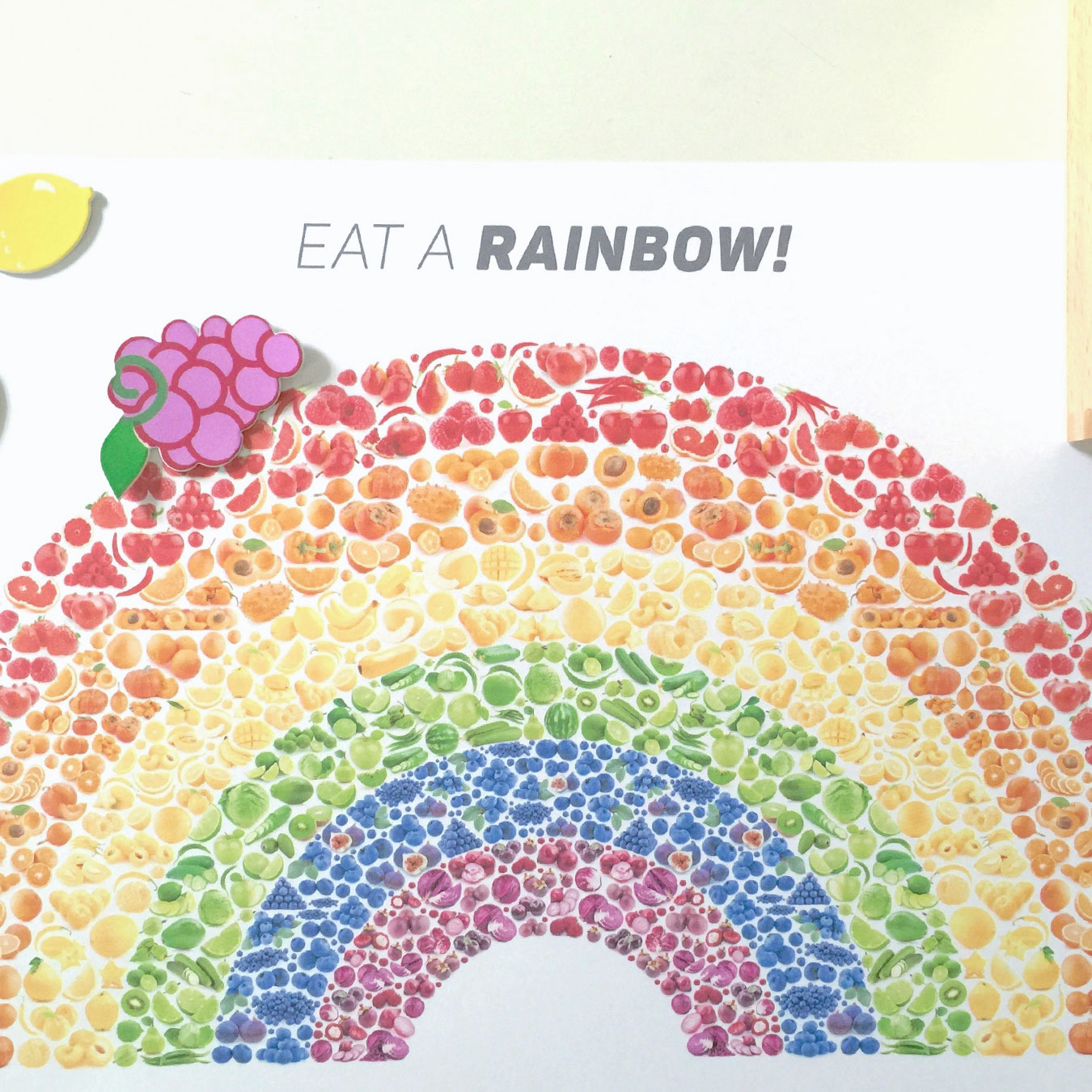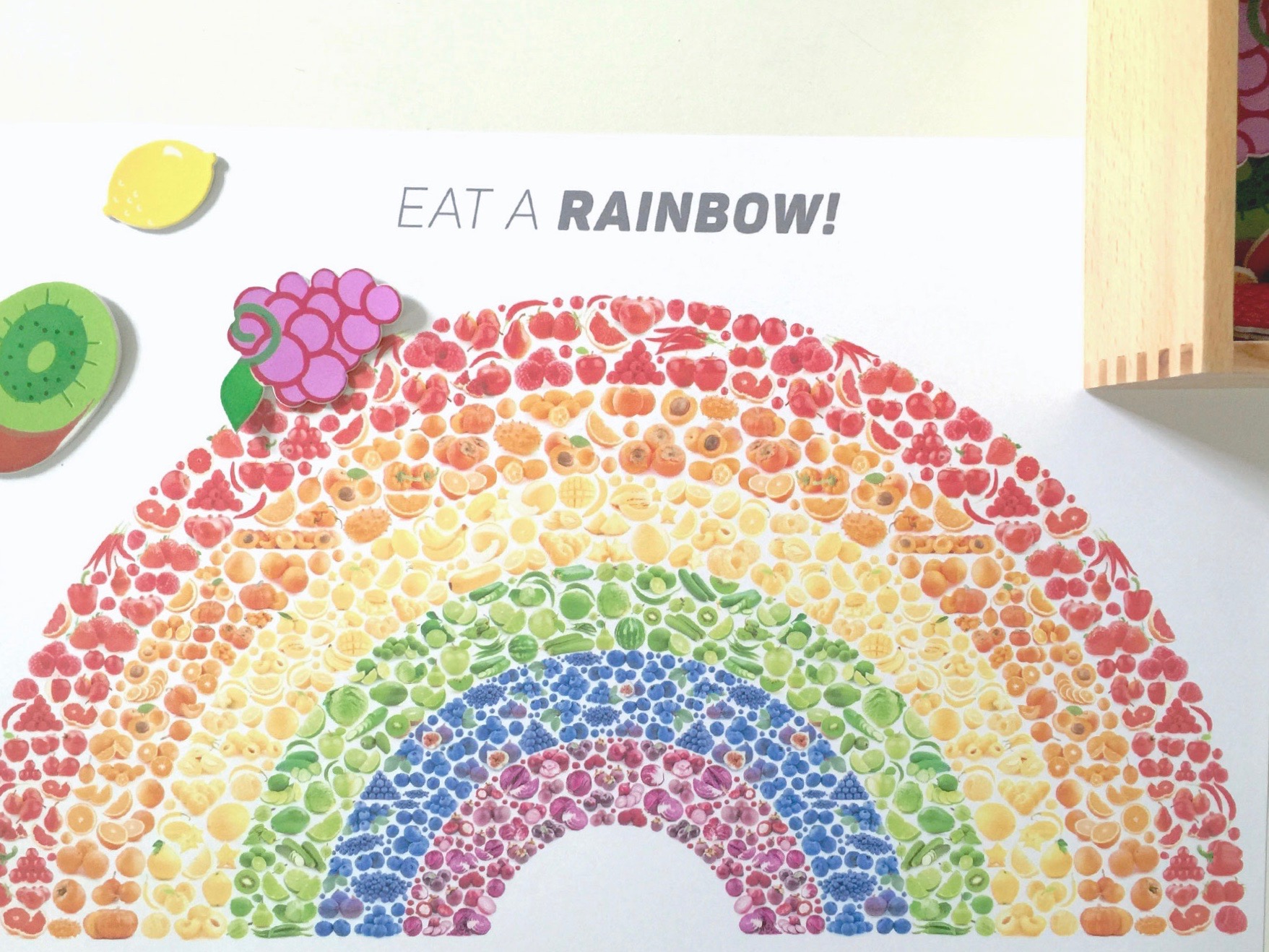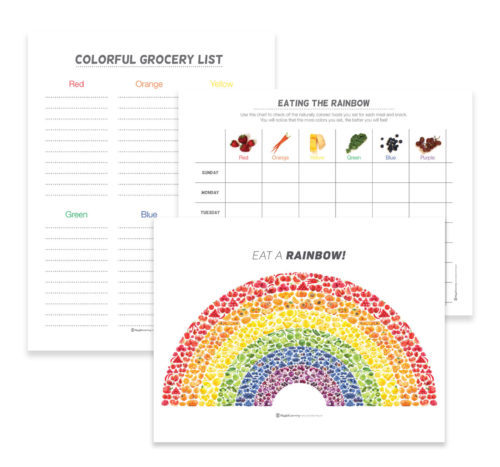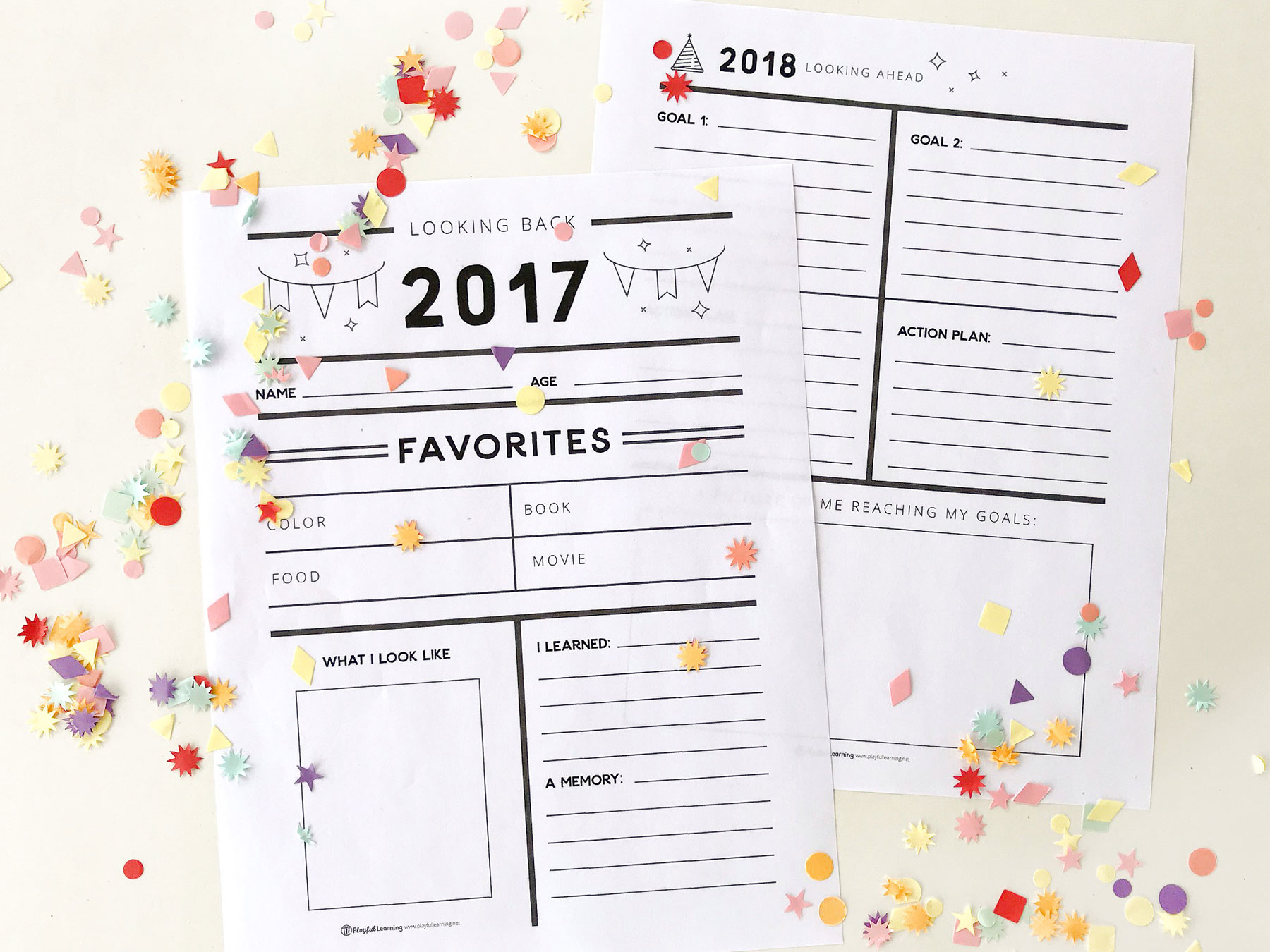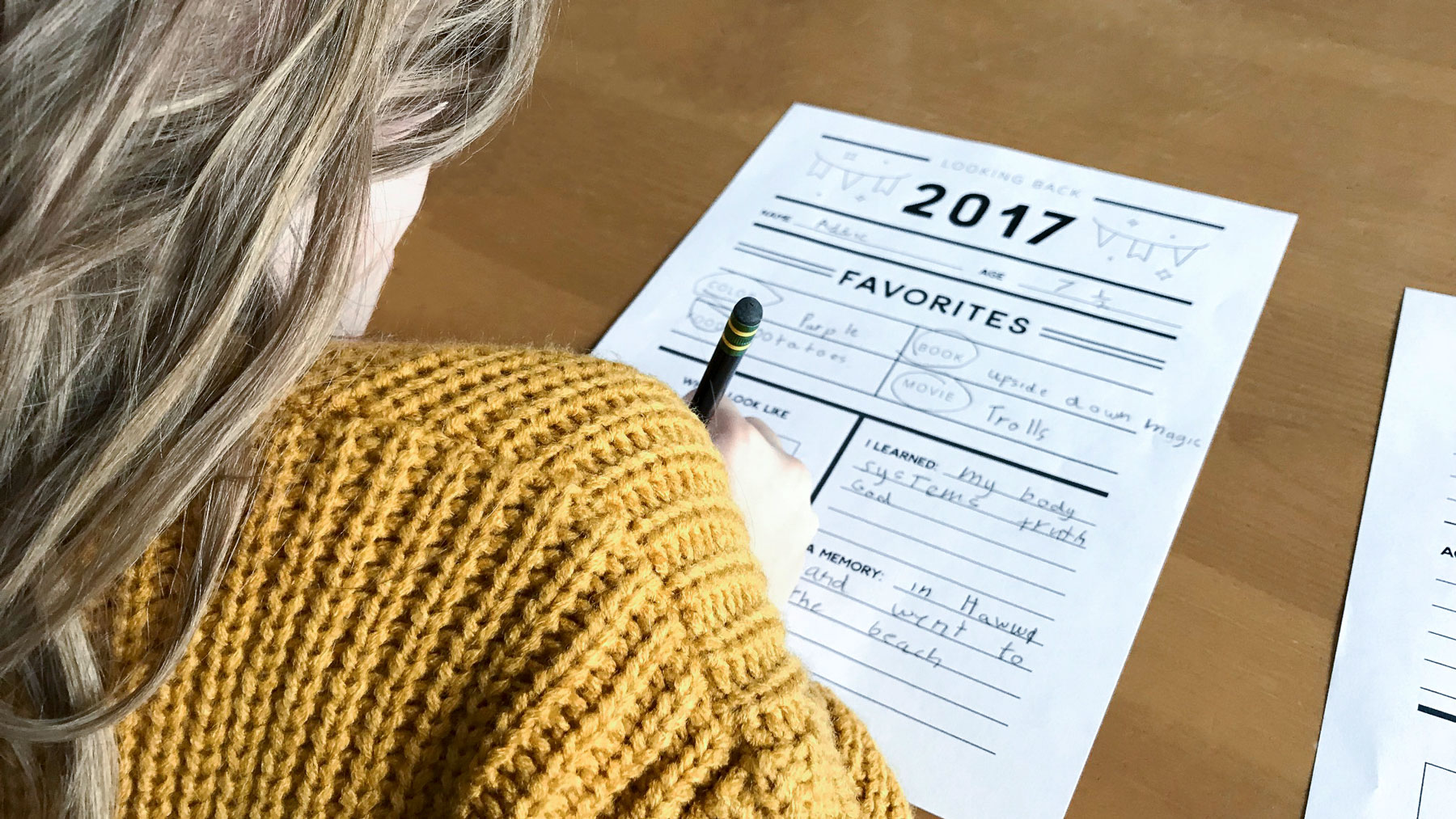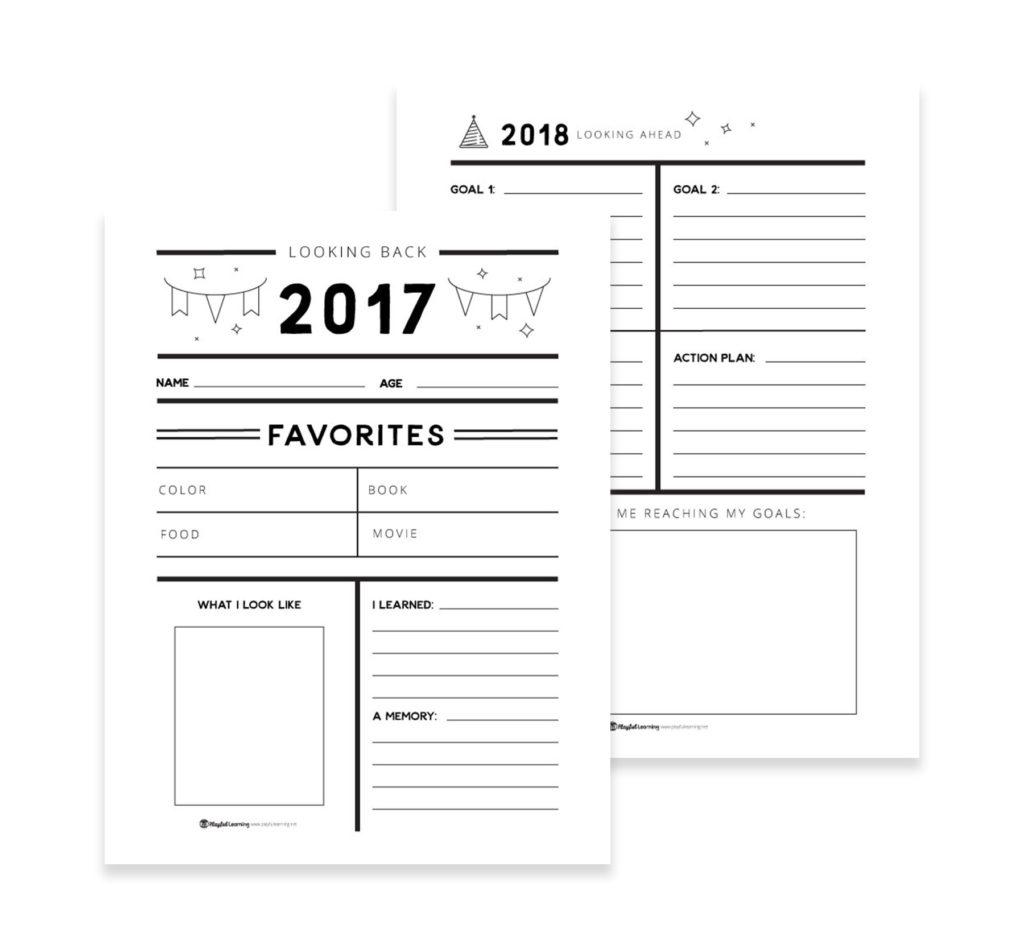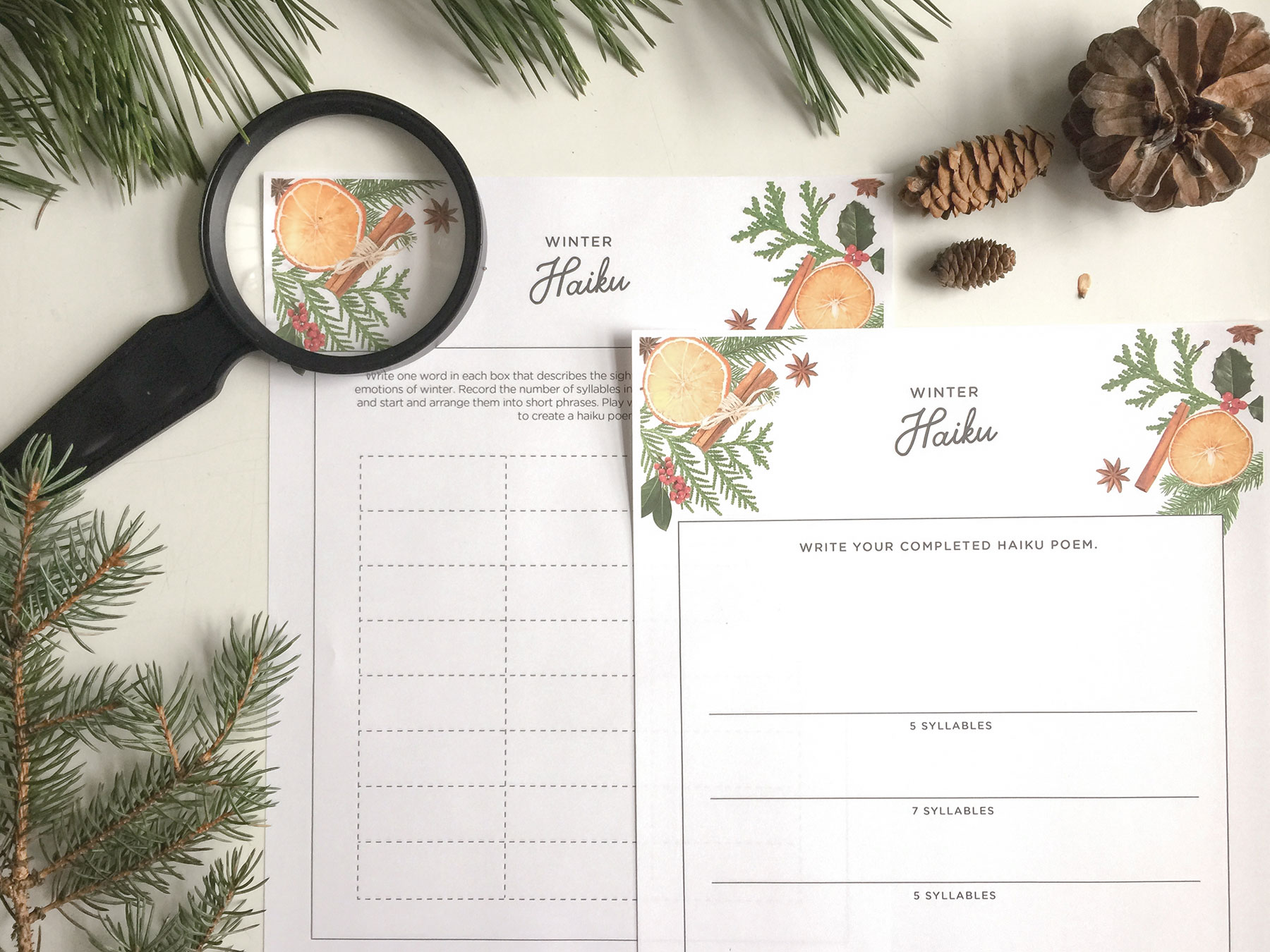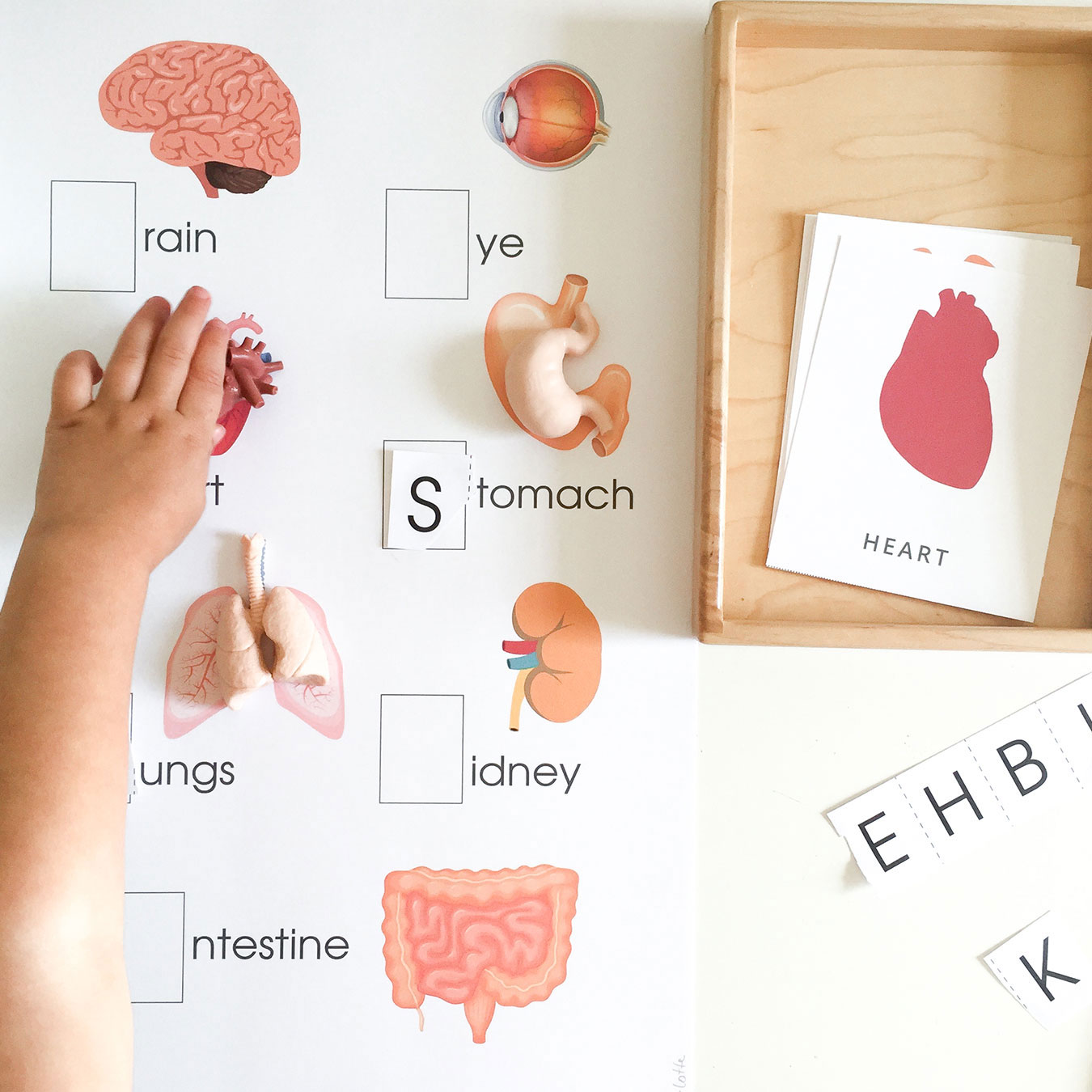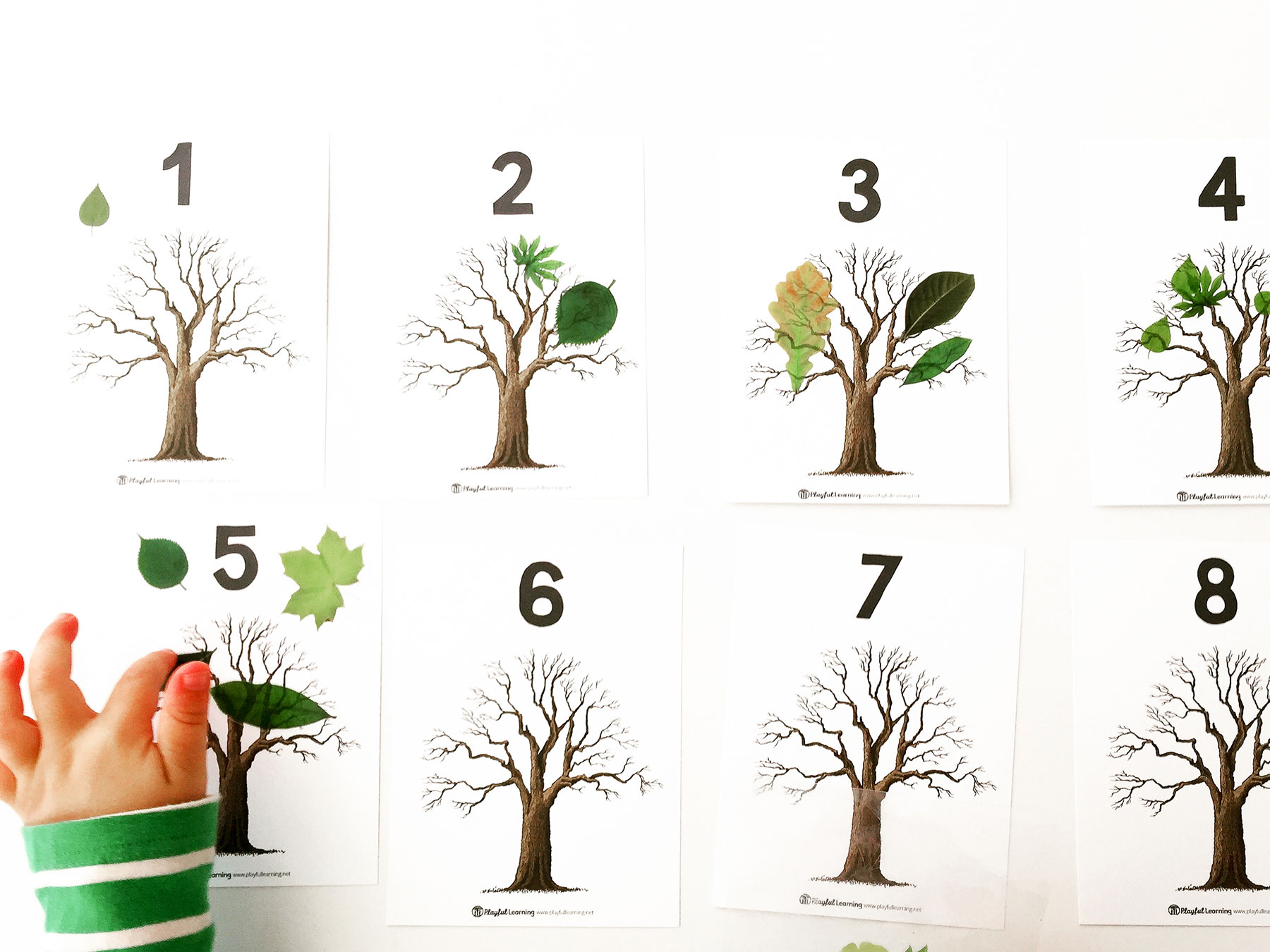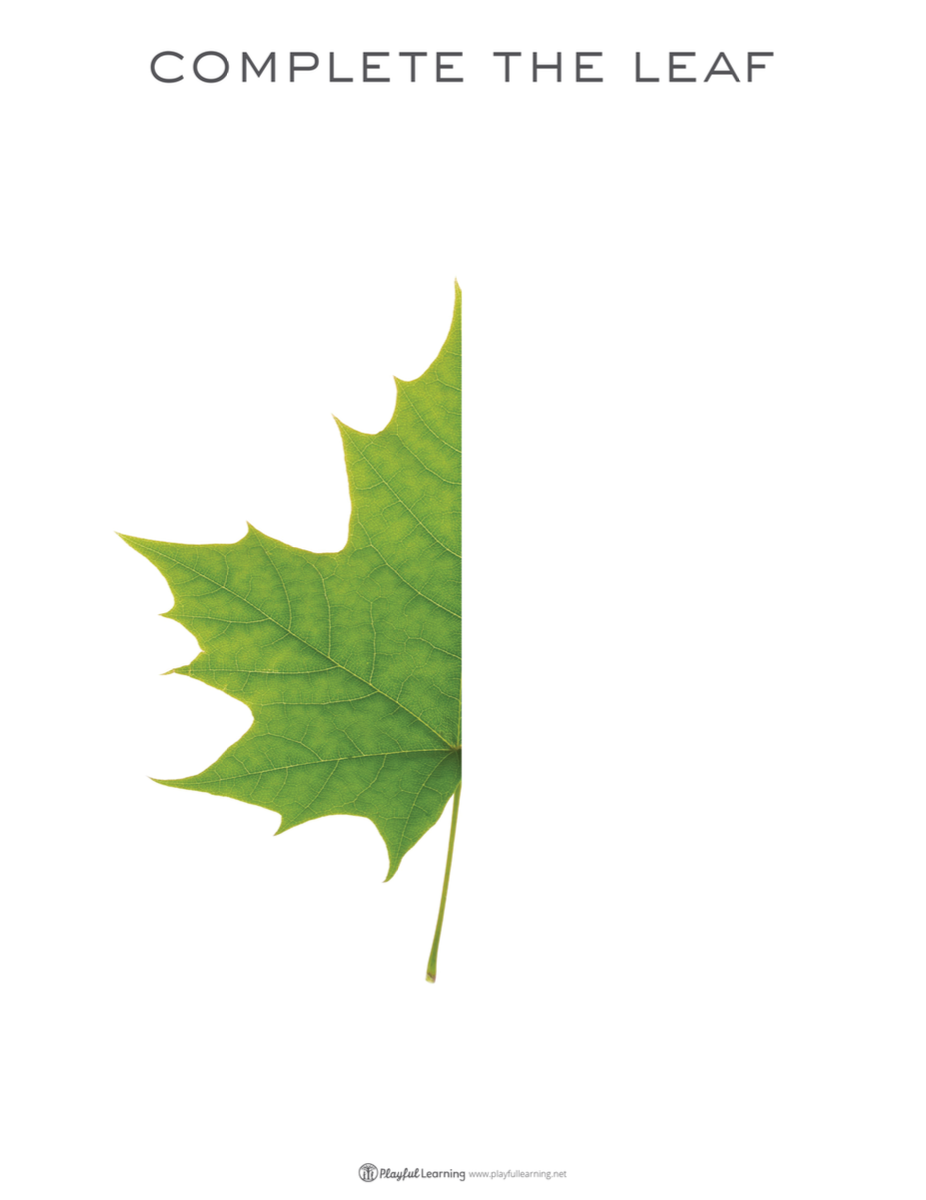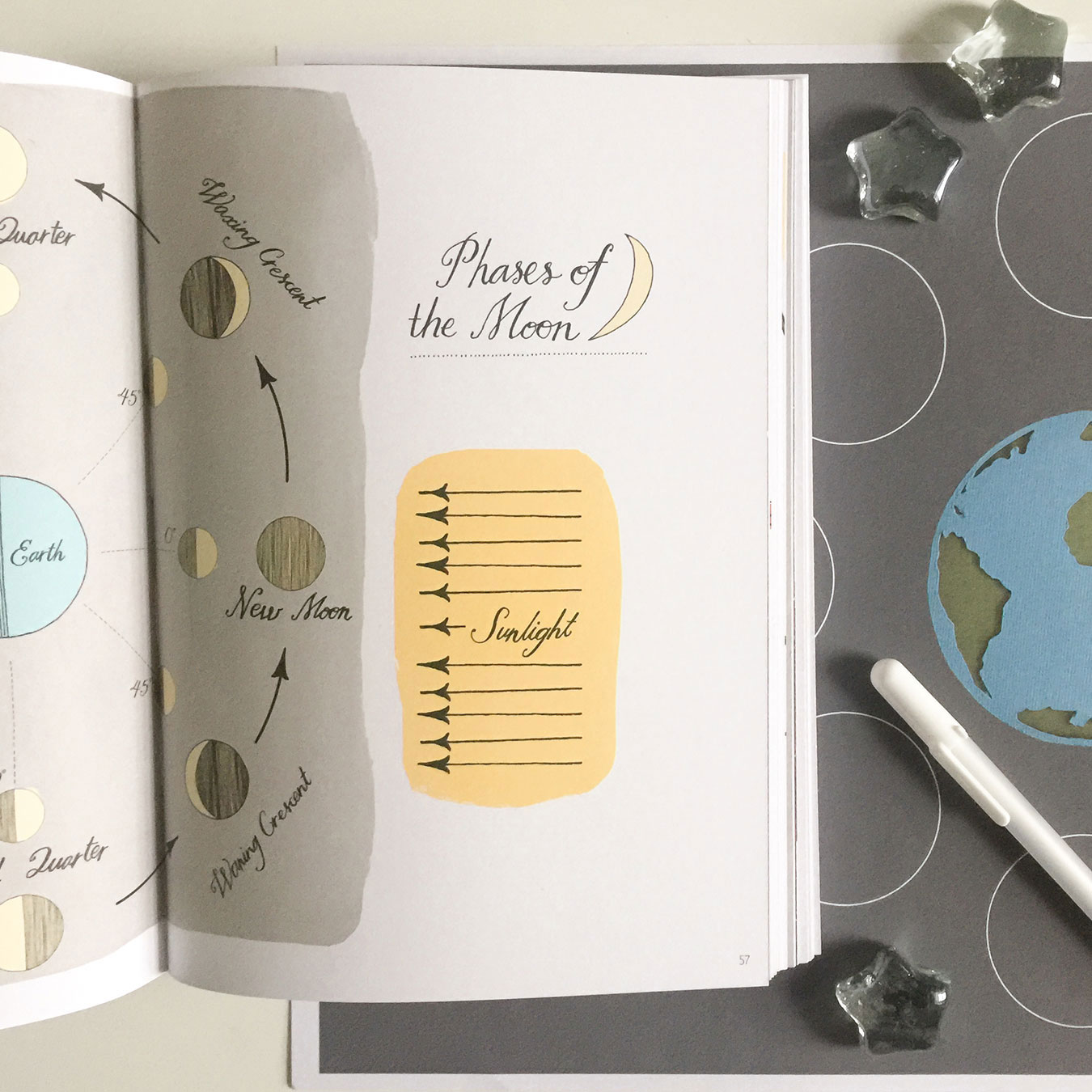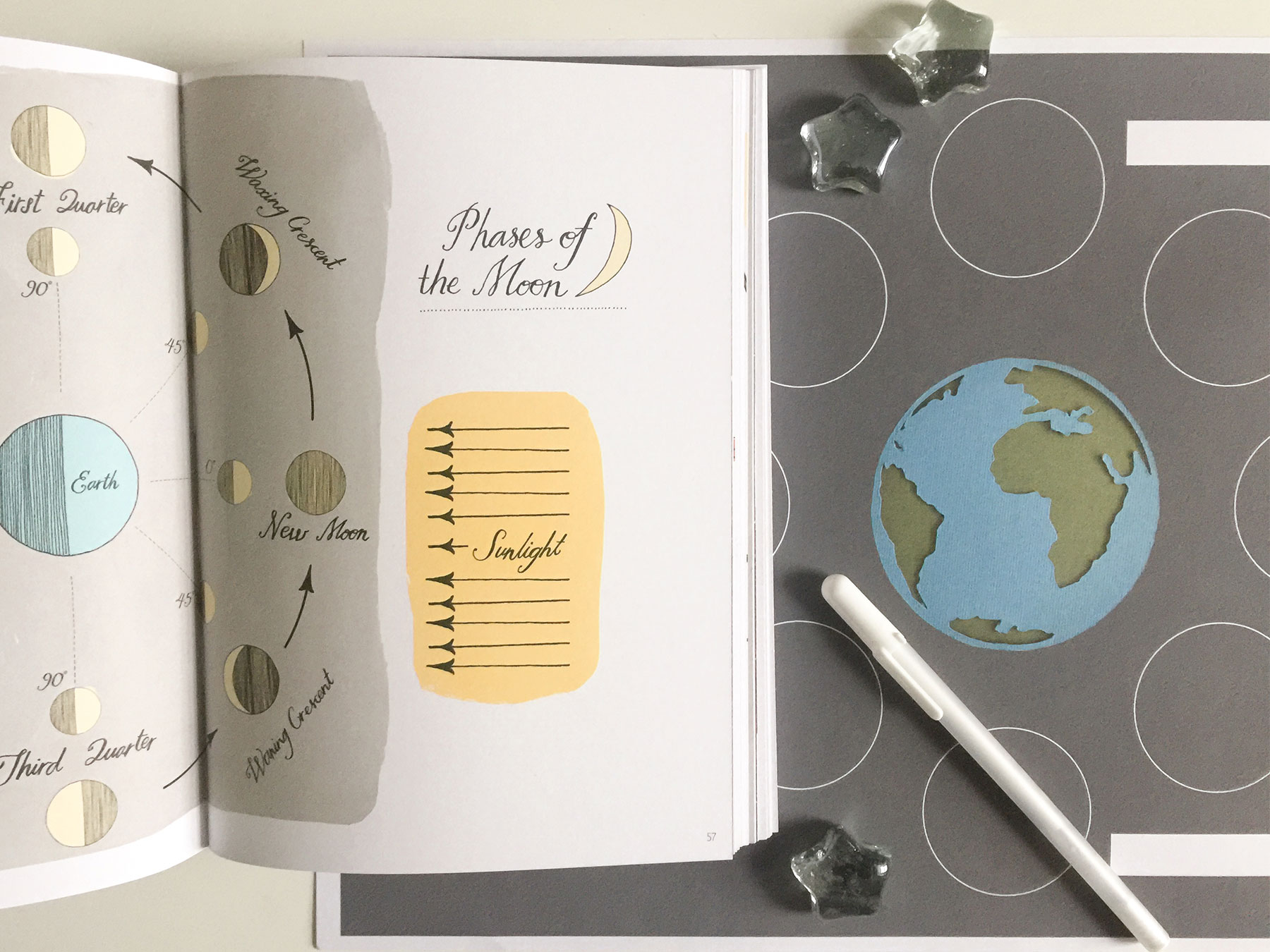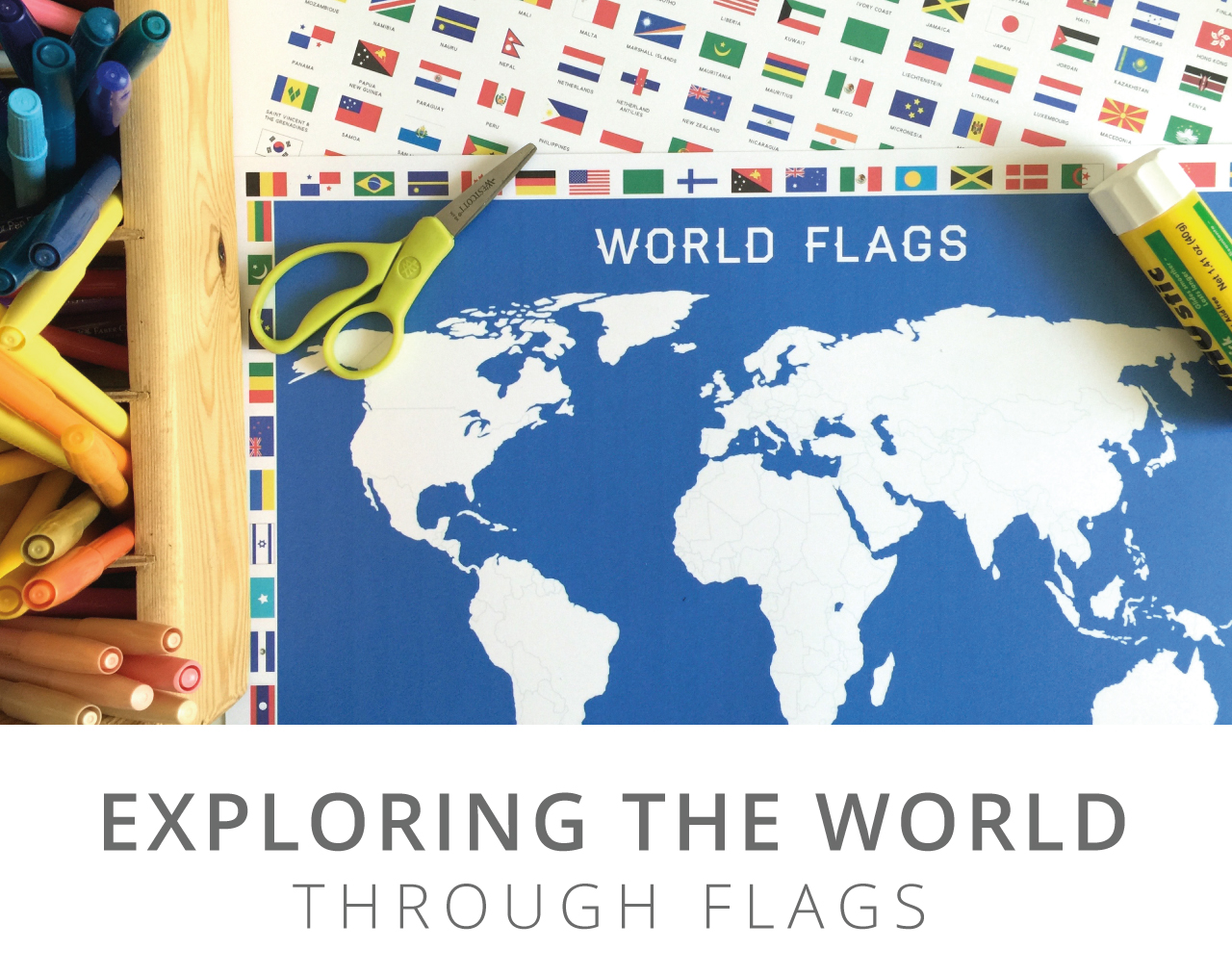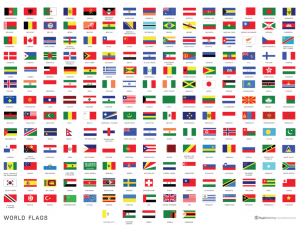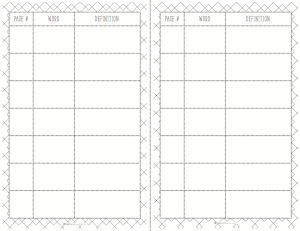7 Adventurous Dinosaur Books

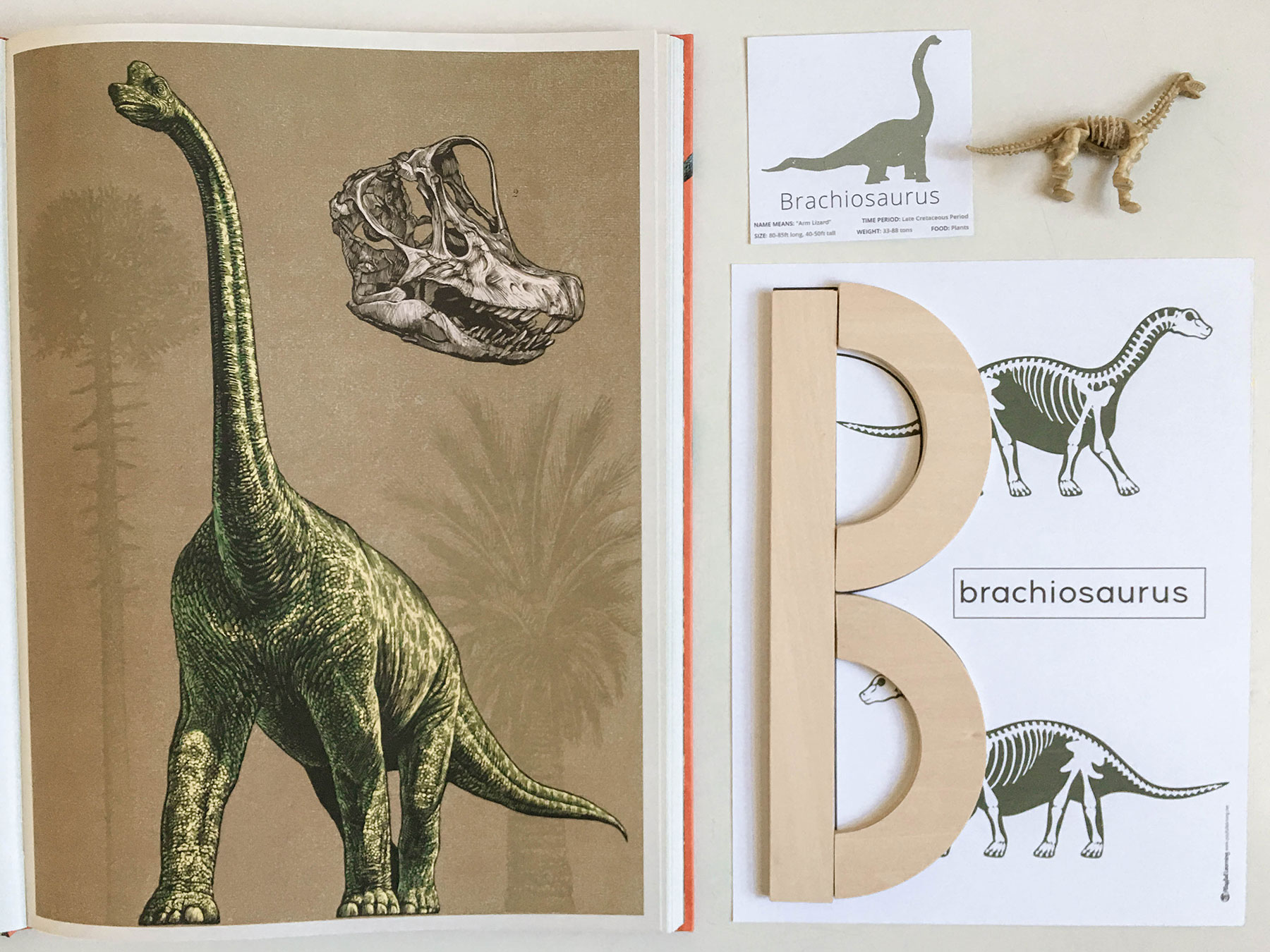
We are all about dinosaurs in the studio right now and thought it would be fun to share our favorite dinosaur books with you! As we are covering specific topics such as dinosaur bones, dinosaur eggs, and exploring the different species, these books cover everything we need to know and are fun for all ages to explore!
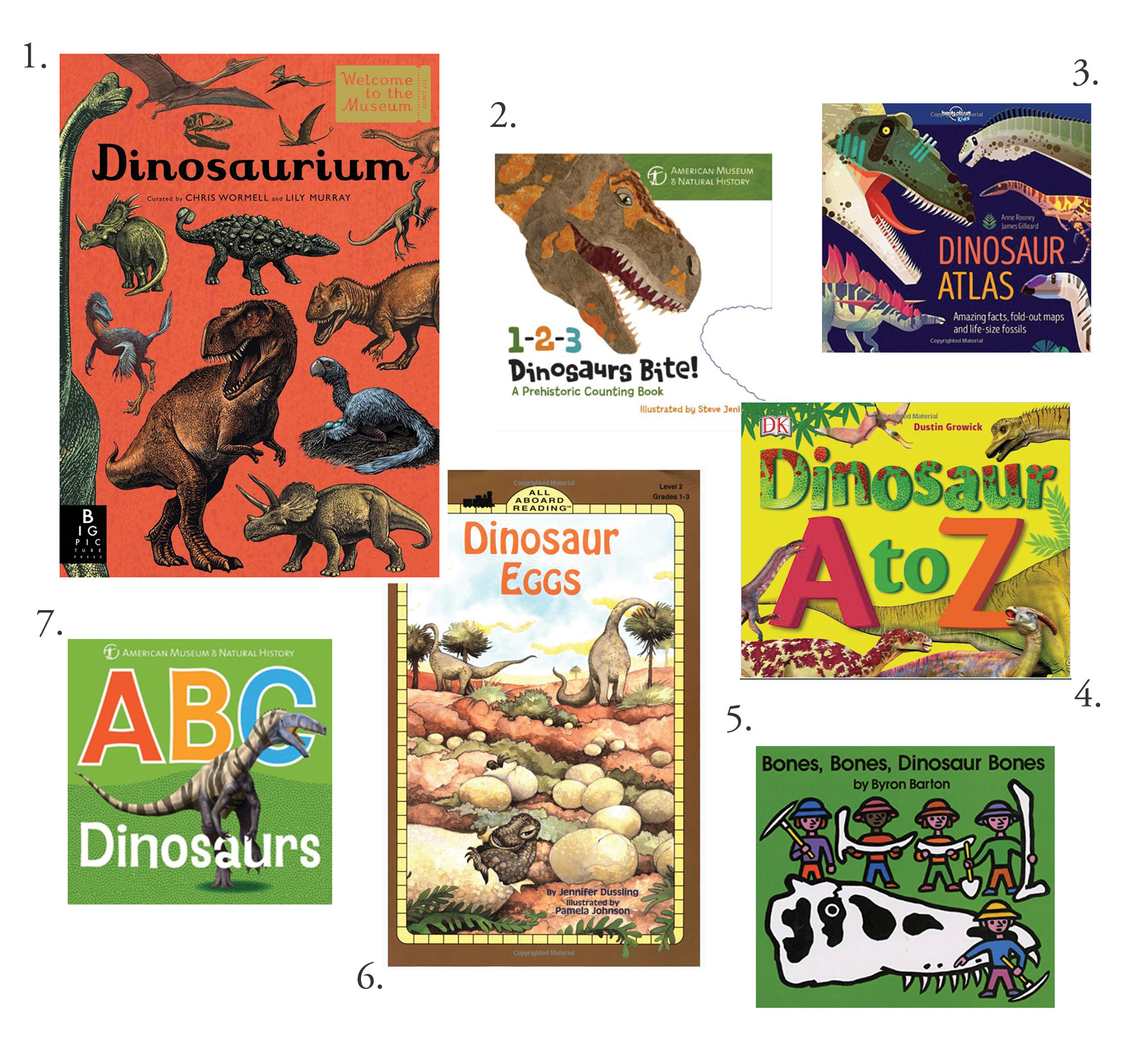
1. Dinosaurium curated by Chris Wormell and Lily Murray
This beautiful big book of dinosaurs lists all you need to know about dinosaurs species, from children’s favorites such as the Tyrannosaurus Rex to lesser known species such as Tsintaosaurus. The book features input from dinosaur experts and paleontologists to make it a stunning, informative, book for all ages.
2. 1-2-3 Dinosaurs Bite! by American Museum of Natural History, Illustrated by Steve Jenkins
Watch the pages disappear as Dinosaurs have sunk their teeth in each one and have taken a bite! This fun book comes to life as each page is filled with the amount of dinosaur bites to match the number on the page. This makes it a fun book for practicing counting as well as trying to guess which dinosaur is biting each page!
3. Dinosaur Atlas by Anne Rooney & James Gilleard
Everything you need to know about Dinosaurs is featured in this child-friendly Atlas with fun facts and illustrations. Kids can unfold maps, lift flaps to reveal facts about dinosaurs, famous paleontologists, and the most up to date theories. This atlas is perfect for any child who wants to know everything you can know about all things dinosaurs!
4. Dinosaur A to Z by Dustin Growick
This big catalog features more than 150 dinosaurs and other prehistoric creatures in alphabetical order to not only give a lesson to children about different species of dinosaurs, but to practice their ABC’s. This big book of dinosaurs is filled with colorful illustrations while also drawing comparisons to sizes, colors, and characteristics to different species.
5. Bones, Bones, Dinosaur Bones by Byron Barton
This bright colored story introduces children to the study of paleontology as they follow six paleontologists finding and digging up dinosaur bones and bringing them to the museum. The vibrant illustrations and simple text is perfect for little ones learning about Dinosaur Bones!
6. Dinosaur Eggs by Jennifer Dussling, Illustrated by Pamela Johnson
Take a journey with dinosaur hunters on an expedition in South America to find fossils of birds from when Dinosaurs walked the Earth. However, the expedition takes a turn when the hunters come across hundreds of fossilized dinosaur eggs. This is a great transition book for children to begin reading all on their own with an informative look into learning about dinosaurs and their eggs.
7. ABC Dinosaur by American Museum of Natural History
Developed in conjunction with Paleontologists from the American Museum of Natural History, children can practice their ABC’s while learning about a different Dinosaur from each letter of the alphabet! From Apatosaurus to Zupaysaurus, each page includes information about a different dinosaur while also helping preschoolers practice their ABC’s in a fun way!
More to Explore
Join us over at the Teachers’ Lounge and enjoy access to our complete unit on Dinosaurs!
